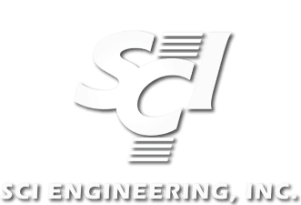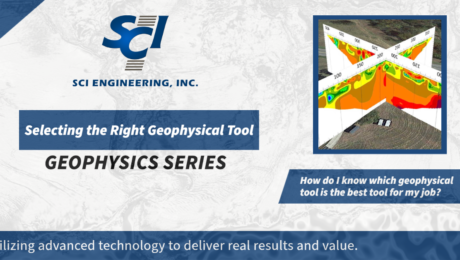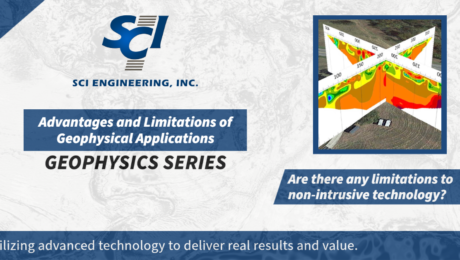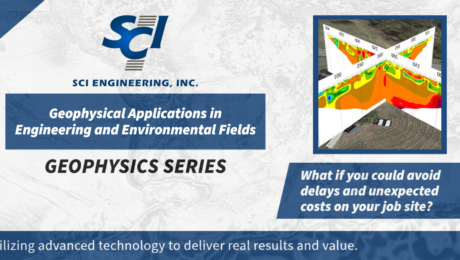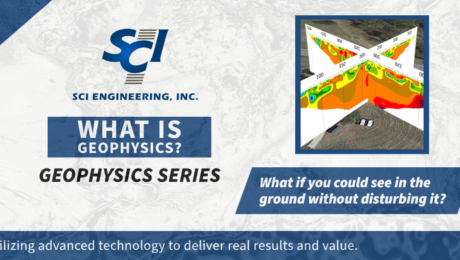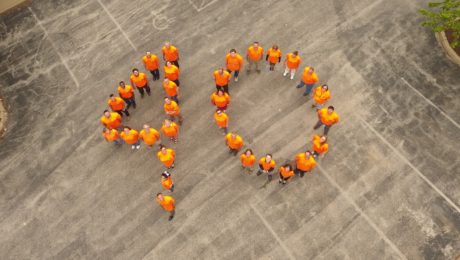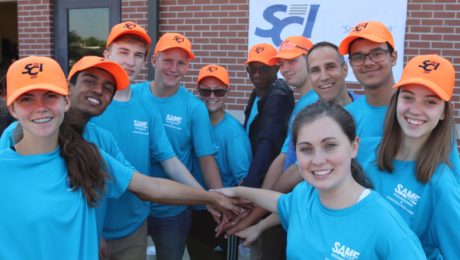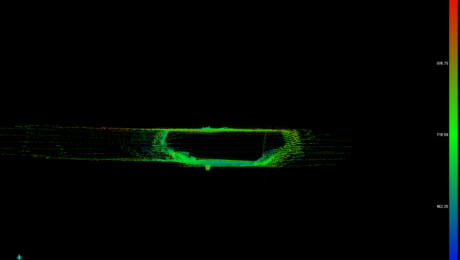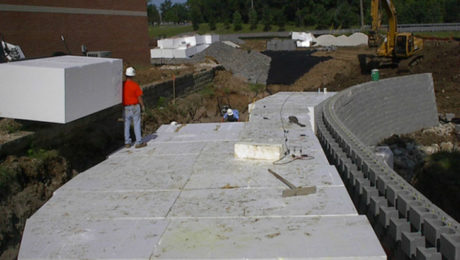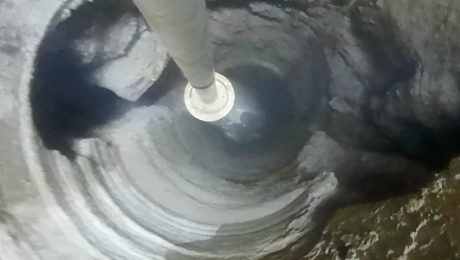The objective or objectives of Geophysical imaging may be very specific or very general. Like any other tool, geophysical imaging has advantages and limitations, and irrespective of the objective, the supervising engineer or the project manager should ensure that any geophysical methods employed provide useful and cost-effective information. To ensure appropriate methods are used, the supervising engineer should insist the utility
Geophysics is a valuable tool, but like any other tool it has advantages and limitations. The main advantages of Geophysics are non-invasiveness, high productivity, 2D/3D coverage and applicability in challenging environments, as discussed in the previous post. However, the limitations of any non-intrusive technology are that the properties and conditions of the imaged targets cannot
$40,000 to replace a pre-tensioned concrete slab in a multistory building because a contactor cored through a tendon. Tens of thousands of dollars in loss and 3 days of downtime with multiple contractors onsite because a contractor damaged a building electrical service cable during concrete saw cutting. Lengthy delays and soaring costs due to removal
Simply put, Geophysics is a tool that helps us to see what’s in the ground without digging it. A more formal definition (by EEGS*): Geophysics is the non-invasive investigation of subsurface conditions through measuring, analyzing, and interpreting physical fields at the surface. There are two main branches of Geophysics that often overlap in terms of
Congratulations to Vice President of Geotechnical Services Shawnna Erter, P.E., D. GE, F. ASCE. Shawnna has received her two newest P.E. licenses in Tennessee and Nevada. She not only holds the title of Diplomate of Geotechnical Engineering from the Academy of Geoprofessionals (AGP), she is also is a Fellow of the American Society of Civil Engineers
Friday, 28 December 2018
/
Published in Construction Materials Testing, Cultural Resources, Environmental, Geotechnical, Leadership, Natural Resources, News, Press Releases
“Four decades in any business is something to be celebrated, however being part of a firm that has put people first for 40 years feels more like an honor than an achievement,” said Mark Harms, Chief Executive Officer of SCI Engineering, Inc. Founded in 1978, SCI Engineering is now celebrating its 40th Anniversary. The firm
Monday, 30 July 2018
/
Published in Construction Materials Testing, Geotechnical, Leadership, News, Press Releases
SCI Engineering was thrilled to host a “Concrete Day” program for a group of campers from the 2018 Society of American Military Engineers STEM Engineering & Construction Camp. The program, held at Scott Air Force Base, invites students to participate in hands-on, engineering activities in a competitive environment that promotes teamwork, leadership, project management and
Southern Illinois has a rich history of coal mining, dating back to the early 1800s where coal was first observed outcropping along the bluffs above the American bottoms. Fast forward to present day and the historic abandoned underground mine works now pose a significant mine subsidence risk to an area that has seen heavy development.
“All the good sites are gone.” Have you heard that one before? I think we all have. Well, there are still a lot of good sites remaining; they just take a little more creativity to develop. At least that’s what I like to think. One issue with many sites is the presence of soft soils.
With larger buildings come deeper and larger foundations. Drilled caissons or “piers” are one of the most commonly used foundation types for the most heavily loaded buildings as well as most bridges and overpasses. In order to be confident that each pier will support a building as designed, in-depth inspections must be performed. These inspections
- 1
- 2
